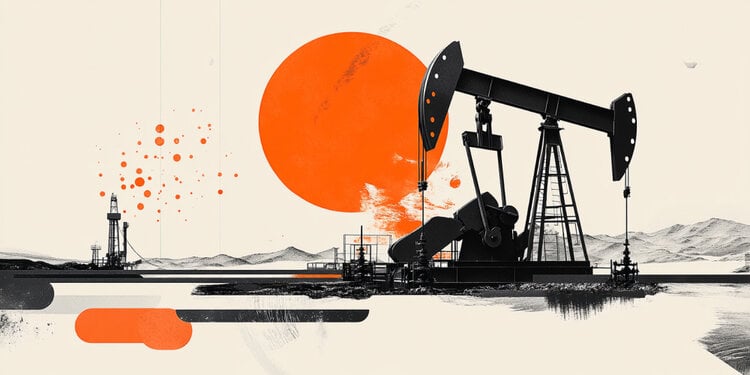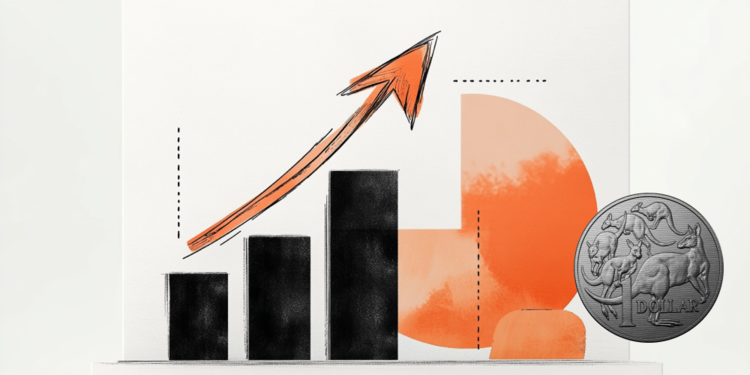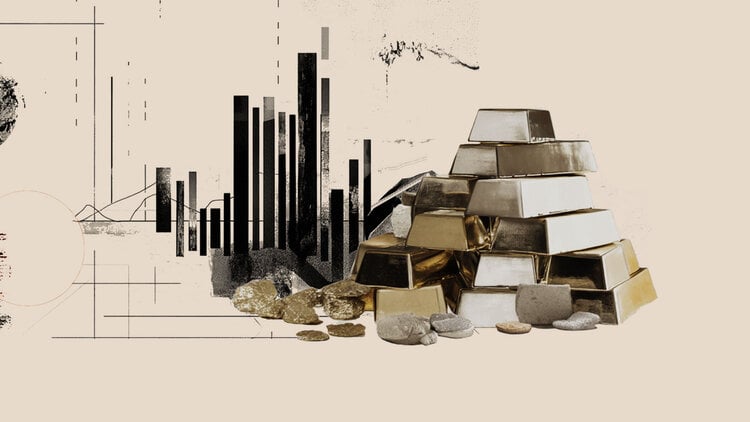Drought is just the first of the concerns of producers like Juan Francisco Arregui on Argentine farms, on which the world has come to depend more than usual to supply the current shortage of grains needed to make bread and flour.
“This season for wheat is complicated,” Arregui told Reuters, standing in a dusty field that he said had not received rain in two months.
He said the crop needs rain to come soon, but weather forecasts are not promising.
In addition to prolonged dry weather, high fertilizer costs and political uncertainty over export rules are prompting him and other farmers to dedicate more land to soybeans and reduce wheat land in Argentina, the world’s sixth largest exporter of the grain.
While there was enough moisture to plant the seeds, “there’s not much left,” he said. “That means the wheat crop is not safe at all. We can start it, but we are waiting for the rain.”
Argentina had a record 2021/22 wheat crop of 22.4 million tonnes, so global grain markets were hoping the country could help fill the grain deficit lost after Russia’s invasion of Ukraine. The conflict between the two biggest wheat exporters sent prices soaring.
But now, Argentina’s two main grain exchanges, Buenos Aires and Rosario, have lowered their wheat planting forecasts and warned of further cuts if the weather does not improve.
“Today anything that goes wrong with wheat is more important and means greater losses. That’s what we’re seeing,” said Cristian Russo, chief agronomist at the Rosario grain exchange, who estimates a best-case crop of 18.5 million tonnes.
The exchange warned of the worst wheat planting conditions in 12 years and said grain sowing had been stalled by 65% by the drought, risking empty plots.
The weather forecast is not promising.
“In the short term, the rain trend is still very scarce,” said Buenos Aires meteorologist Leonardo De Benedictis, adding that there could be some limited and isolated showers.
Fertilizers and politics
In addition to raising food security concerns and sustaining global inflation, the Russia-Ukraine struggle has also driven up fertilizer prices. Russia is a major global supplier, and the loss of Russian fertilizer has hit farmers all over the world, from the United States to South America.
Arregui said that this season he paid $1,600 per ton of phosphate fertilizer, more than double the $700 he paid a year ago. Its urea cost has doubled to $1,100 per ton. This made him change the planting of wheat to soy, which needed a lower investment.
Concerns about government intervention are also high. Argentine authorities are trying to contain domestic inflation to 60%.
The administration has kept a lower cap on wheat exports than last year, raised export tariffs on soybean meal and oil, and threatened higher taxes on wheat, although there is not enough support in Congress for such a measure.
Wheat exports for the 2022/23 cycle are currently limited to 10 million tonnes, up from 14.5 million tonnes in the previous season, although this limit could be increased later.
“Here you go to bed on Sunday and on Monday you don’t know what news you will find,” said farmer Arregui, referring to the government’s change in policy.
“Every day they’re making decisions that indirectly affect what you do and it’s a terrible uncertainty, you can’t plan anything. It really costs a lot every day.”
Source: CNN Brasil
I am Sophia william, author of World Stock Market. I have a degree in journalism from the University of Missouri and I have worked as a reporter for several news websites. I have a passion for writing and informing people about the latest news and events happening in the world. I strive to be accurate and unbiased in my reporting, and I hope to provide readers with valuable information that they can use to make informed decisions.







